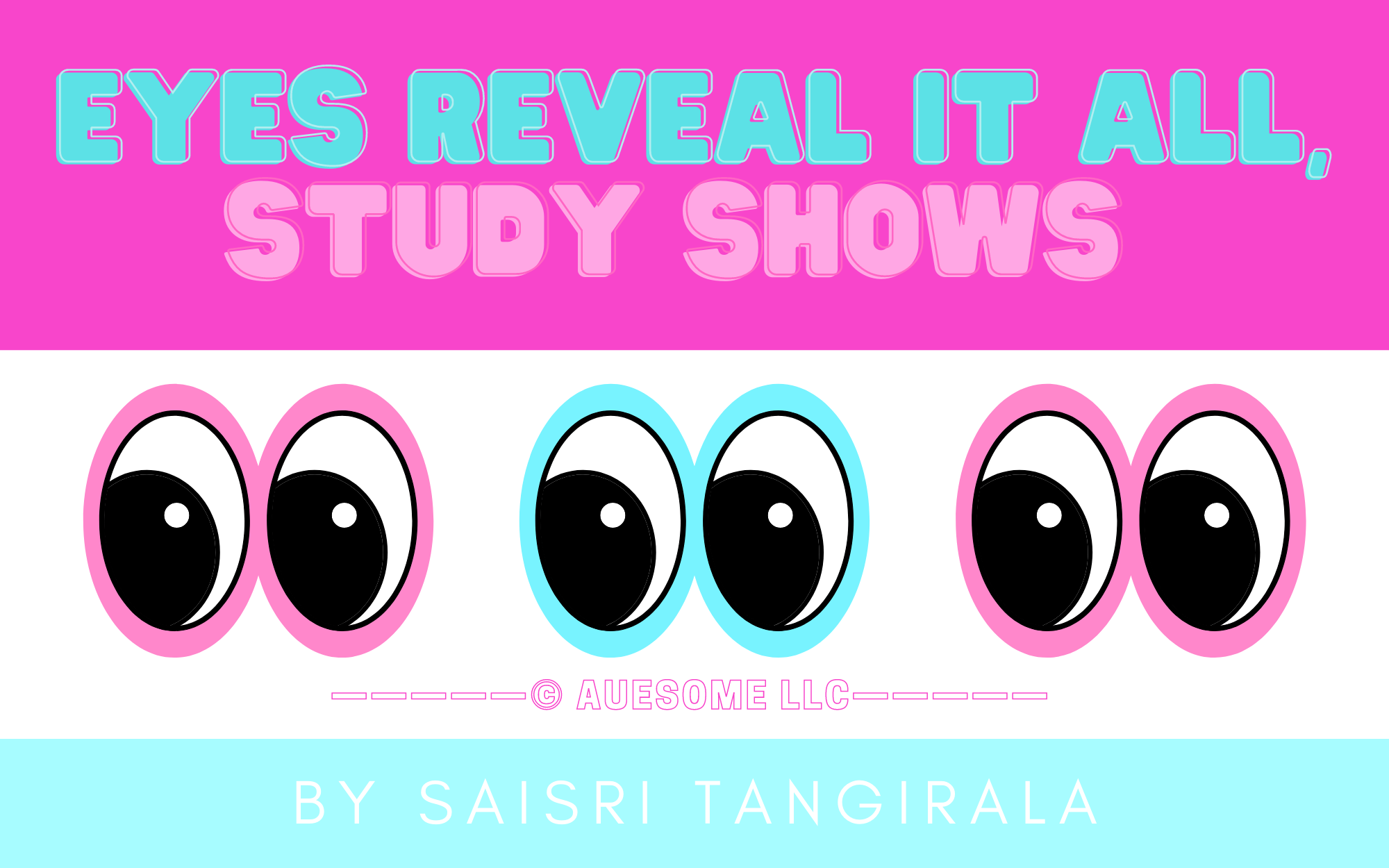Eyes Can Offer More Insight on Diagnosis in Children
April 2022 • written by Saisri Tangirala • edited by Anshul Gupta

Eyes and Diagnosis
Neurodiverse individuals have unique approaches to their environment, with the variations being situated on a spectrum. Because of this, it is important to determine the correct diagnosis so that a person can address their needs more comfortably. Autism and attention deficit hyperactivity disorder (ADHD), especially, have overlapping traits and need to be looked at closely to help people understand themselves.
In a recent study conducted by researchers from Flinders University and the University of South Australia, it was found that signals detected in the retina of the eye could identify an individual either on the autism spectrum or if that person was experiencing ADHD. Researchers used a diagnostic test called the electroretinogram (ERG) which measures the retinal activity in response to light. When presented with a light stimulus, children with ADHD showed more electrical activity in the retina while children on the autism spectrum showed less electrical activity in the retina. These differences in electrical activity can pinpoint the specific nerves and signals which distinguish autism and ADHD, as the way the brain is structured can be determined by examining the eye.

Exploring different signals in response to light will pave the way for more discoveries in neurodiversity. This preliminary study of looking at electrical activity in the eyes hints at more innovative methods of offering insight on neurodevelopmental conditions. Such studies can extend beyond autism and ADHD to cover the neurodiversity community.
Cognitive psychologist Fernando Marmolejo-Ramos from the University of South Australia says, "It is truly a case of watching this space; as it happens, the eyes could reveal all."
